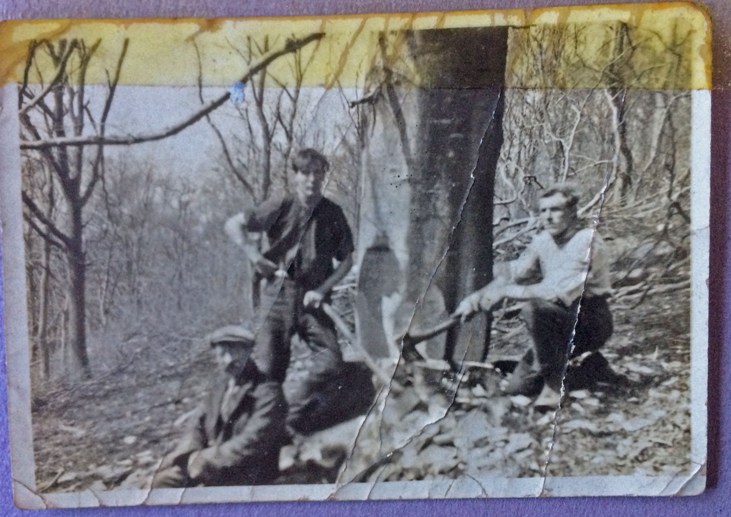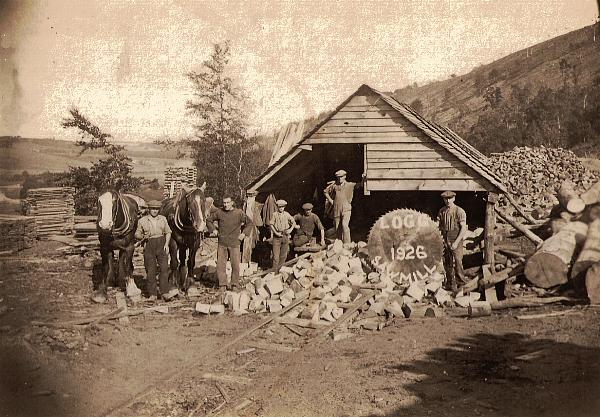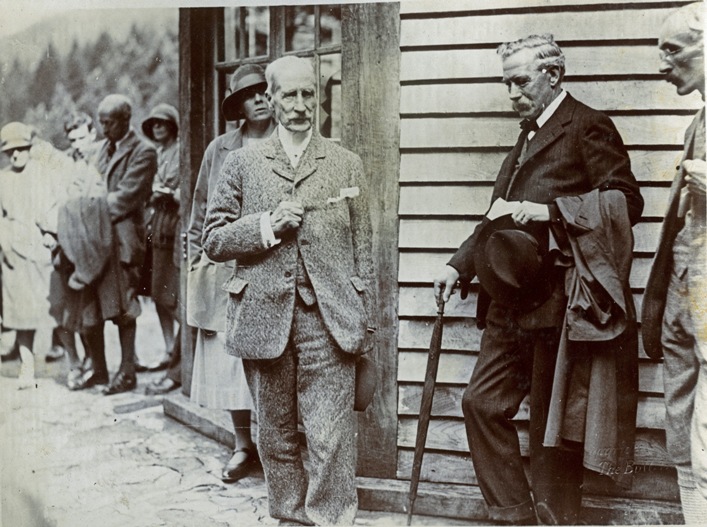1919-1929:
the forestry commission is born
In the aftermath of war,
the Forestry Act was passed,
and an industry was born.






















At the outbreak of the First World War, only 5% of the United Kingdom’s land area was forested. In 1918, under the government of David Lloyd-George, it was recommended that a state organisation should be set up to oversee a reafforestation plan, and to meet Britain’s timber needs.
The Forestry Act of 1919 was a wartime measure. It brought the Forestry Commission into being, and gave it responsibility for woods in England, Scotland, Wales and Ireland.
Click each image to find out more.
remember this era? share stories with us at
Forestry Memories.
Trial ploughing at Lon Mor Forest Research Area, Fort Augustus, 1927 (Photo: Forestry Memories)
BUILDING ON TRADITION
From the start, Scotland had a special place in the Forestry Commission’s plans. Three of the first commissioners were Scots lairds - Lieutenant Colonel Walter Stuart-Fotheringham, Sir John Stirling Maxwell, and Lord Lovat.
They helped oversee the transition from a largely unregulated private forestry industry to the thriving sector we know today. Traditional horse-and-plough methods for clearing, planting and harvesting were still in use right up until the end of the 1930s.
Commissioners survey some newly-acquired land, 1927
EXPANDING THE ESTATE
Over the course of the 1920s, the Commission would acquire a vast portfolio of land, and by September 1929 around 600,000 acres were managed over 152 forests, with more than 138,000 acres of new trees planted. In the private sector 54,000 acres had been planted with Commission grants.
Scots tenor Kenneth McKellar (Image: BBC)
song of the woods: KENNETH MCKELLAR
Born in 1927, the great Scottish tenor Kenneth McKellar originally trained to be a forester, and spent some time working with the Commission after he graduated from Aberdeen University. He went on to become one of Scotland’s best-loved traditional singers - and he never lost his love of the Scottish woodlands.
Benmore House in 1928
(Image: Forestry Memories)
BENMORE HOUSE
Mr Henry G Younger of the William Younger brewing family gifted Benmore Estate and the House to the nation in 1928. Benmore House would serve as the Forestry Training School from 1929 until 1965, seeing generations of foresters take their first steps in the industry. Benmore House is now an outdoor activities centre, but the legacy of those early foresters lives on at the Benmore Botanic Gardens and the Kilmun Arboretum.




